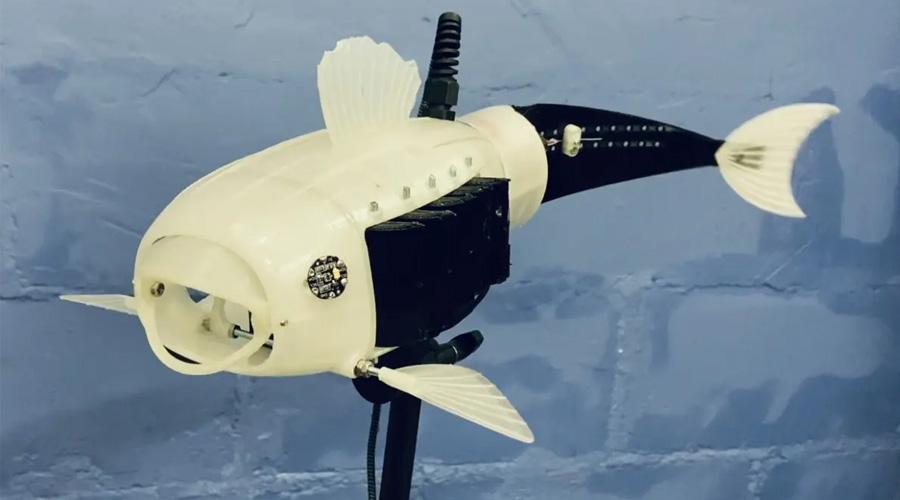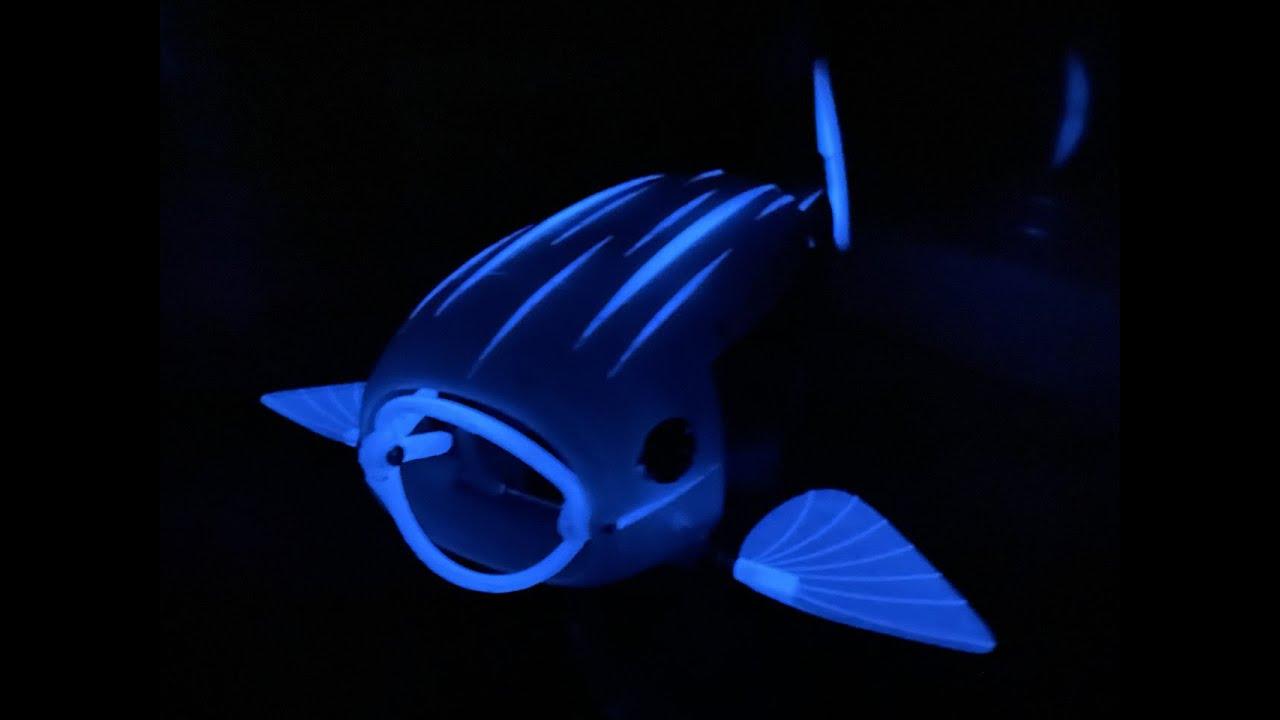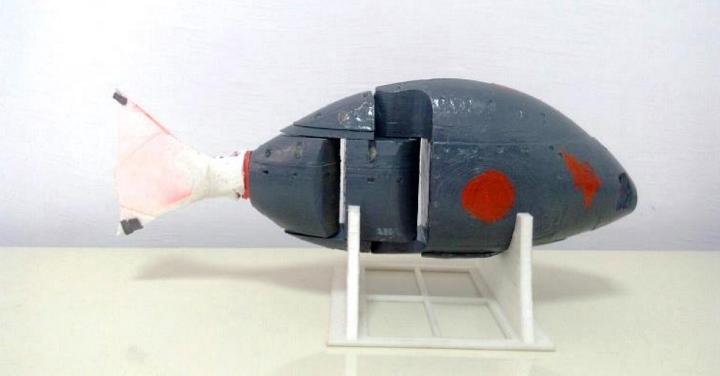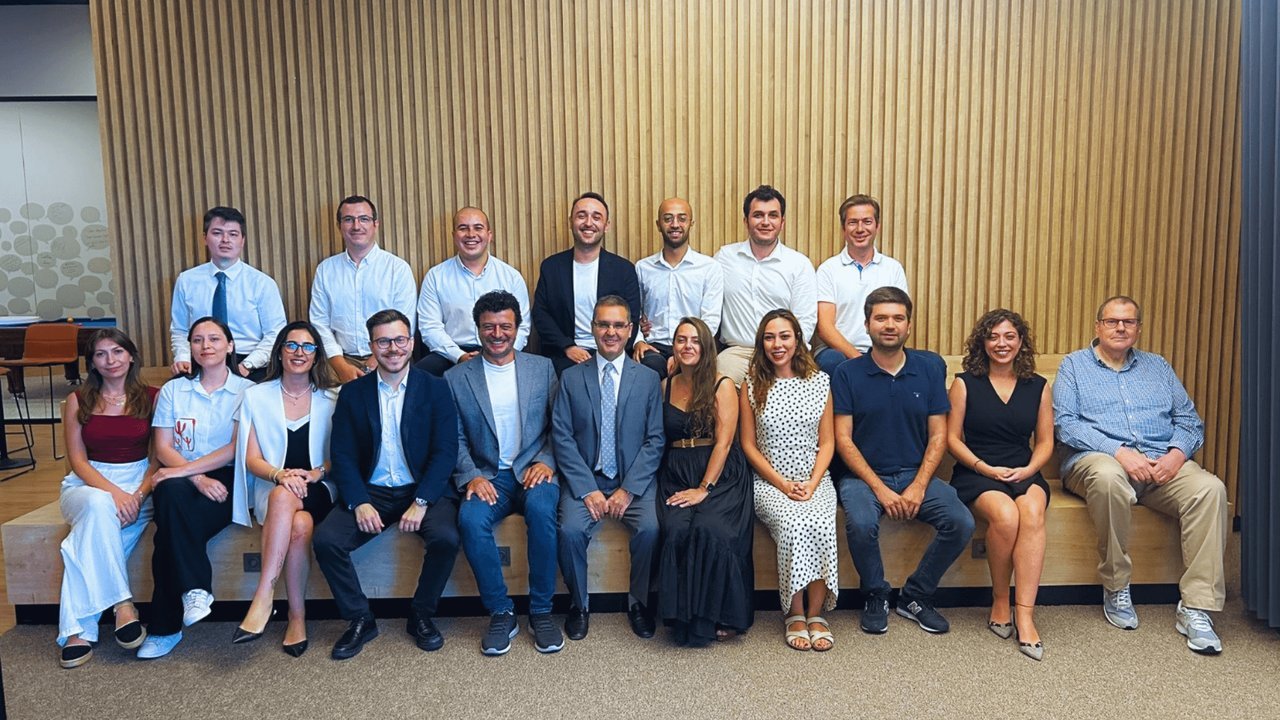A non-working prototype of a robotic fish that removes microplastics from rivers has been created. The idea was brought to life after winning the Natural Robotics Challenge, a public competition organized by the University of Surrey. The public was encouraged to submit ideas for a bio-inspired robot that could benefit everyone. An open-source robot fish named "Gilbert" won the University of Surrey's Natural Robotics competition, which invited contestants to create a design for an animal-inspired robot that would help society and the environment.
Also See: Binance Announces Acquisition of FTX.com
This Robot Fish Could Benefit the Entire Planet Earth

The university's first Natural Robotics Competition received nearly 100 entries from people interested in robotics and nature and who want their inventions to develop into a legitimate technical field. This robot fish can eat all the microplastics in waterways.
University of Surrey chemistry student Eleanor Mackintosh has created Gilbert, a robotic fish the size of a salmon. The "Gillbert" device has a waterproof tail unit and a flooded head unit. The robotic fish filters water and traps microplastics inside its container as it swims, thanks to gills on its sides and a small net between them that can sift out particles of about two millimeters.
Dr. Robert Siddell, a university lecturer and creator of the competition, said: "We don't know where the vast amounts of plastic dumped in our waterways go. We expect this robotic fish to be the first step in finding and ultimately controlling this plastic pollution problem." According to Siddall, the team plans to make various improvements to make the robot faster, smarter and capable of operating autonomously rather than under remote control.
What's the Robot's Biggest Contribution?

It's interesting that Gillbert's design is open-source and freely downloadable from the competition website. But then anyone with a 3D printer could make their microplastic-eating fish. Still, the robot's biggest contribution is that it shows how academic and public resources can be used to access the best minds in Europe and realize creative ideas.
The robot moves through the water by flapping its tail. It holds its mouth open to capture water and microplastics in the inner cavity. Water can pass through the small net attached to the gill racks, but the net also traps plastic debris. Dr. Sydal said the robotic fish will work alongside other pollution-fighting robots being developed at the University of Surrey. We know that Gilbert has only been used in lakes and small streams up to this point. But with further design improvements, it could be a great solution for cleaning microplastic pollution from the world's rivers.
It took about a month to design and build. The robot was finally built and tested. Now it is expected that the design will continue to be improved.





No comments yet for this news, be the first one!...